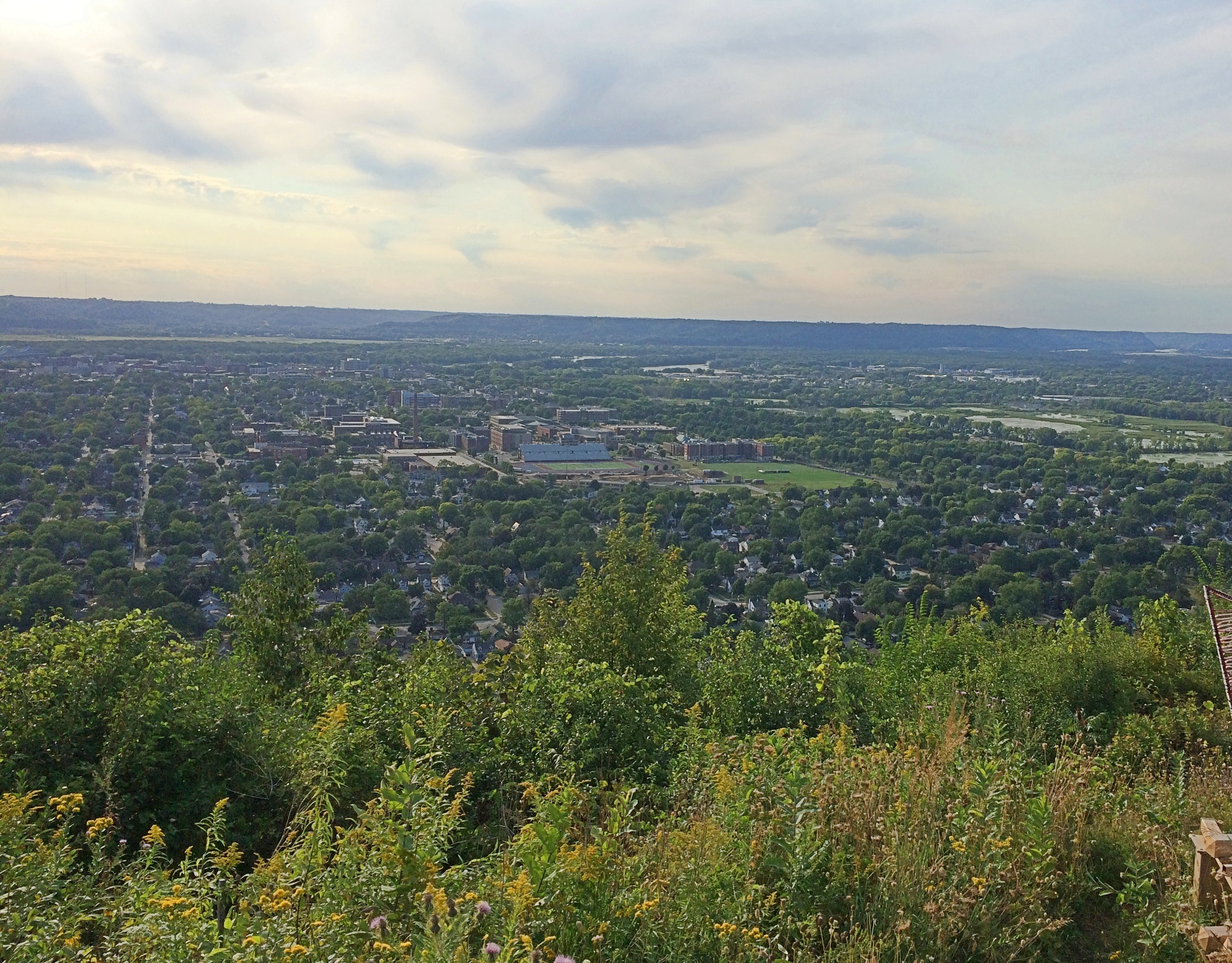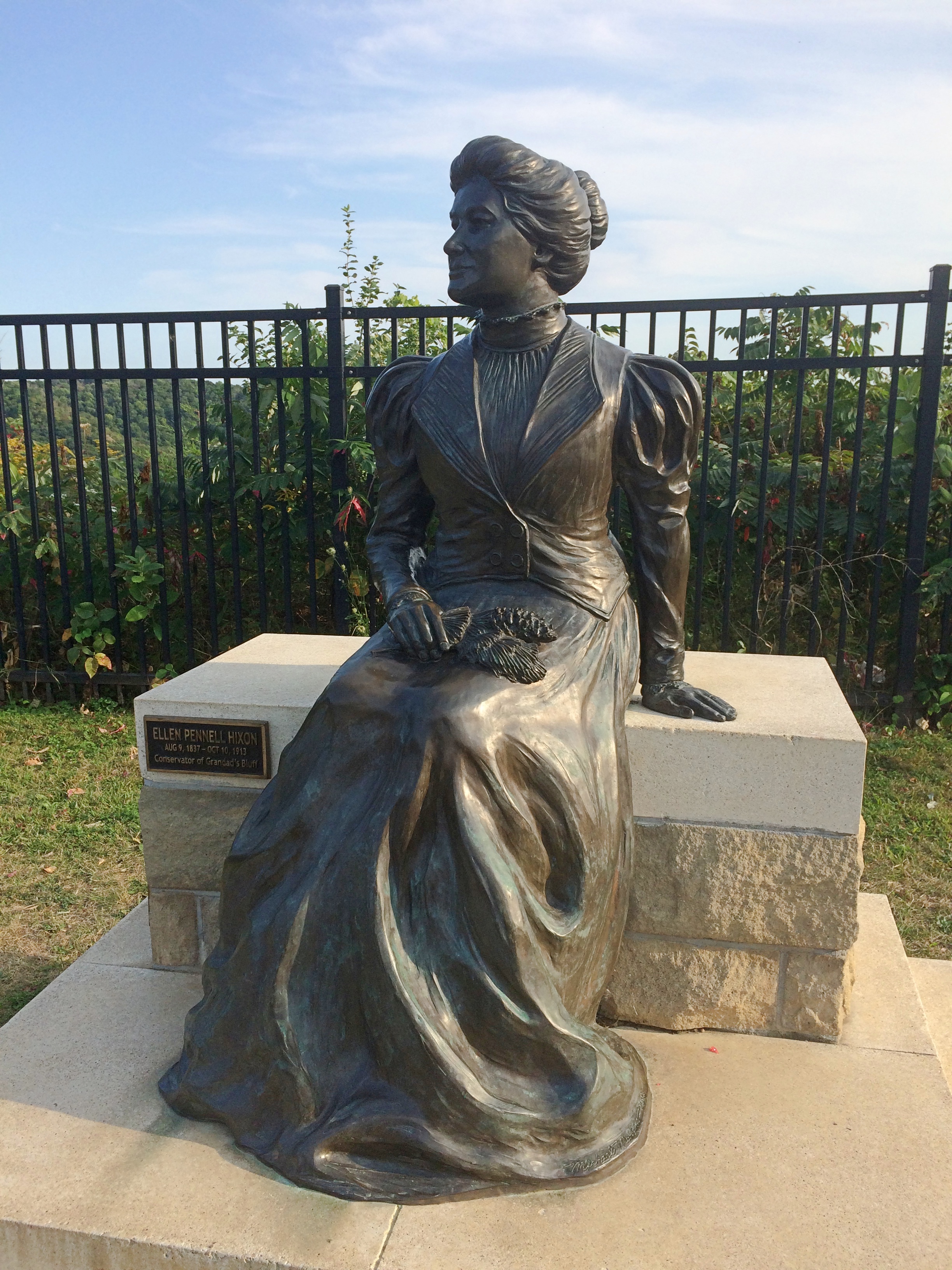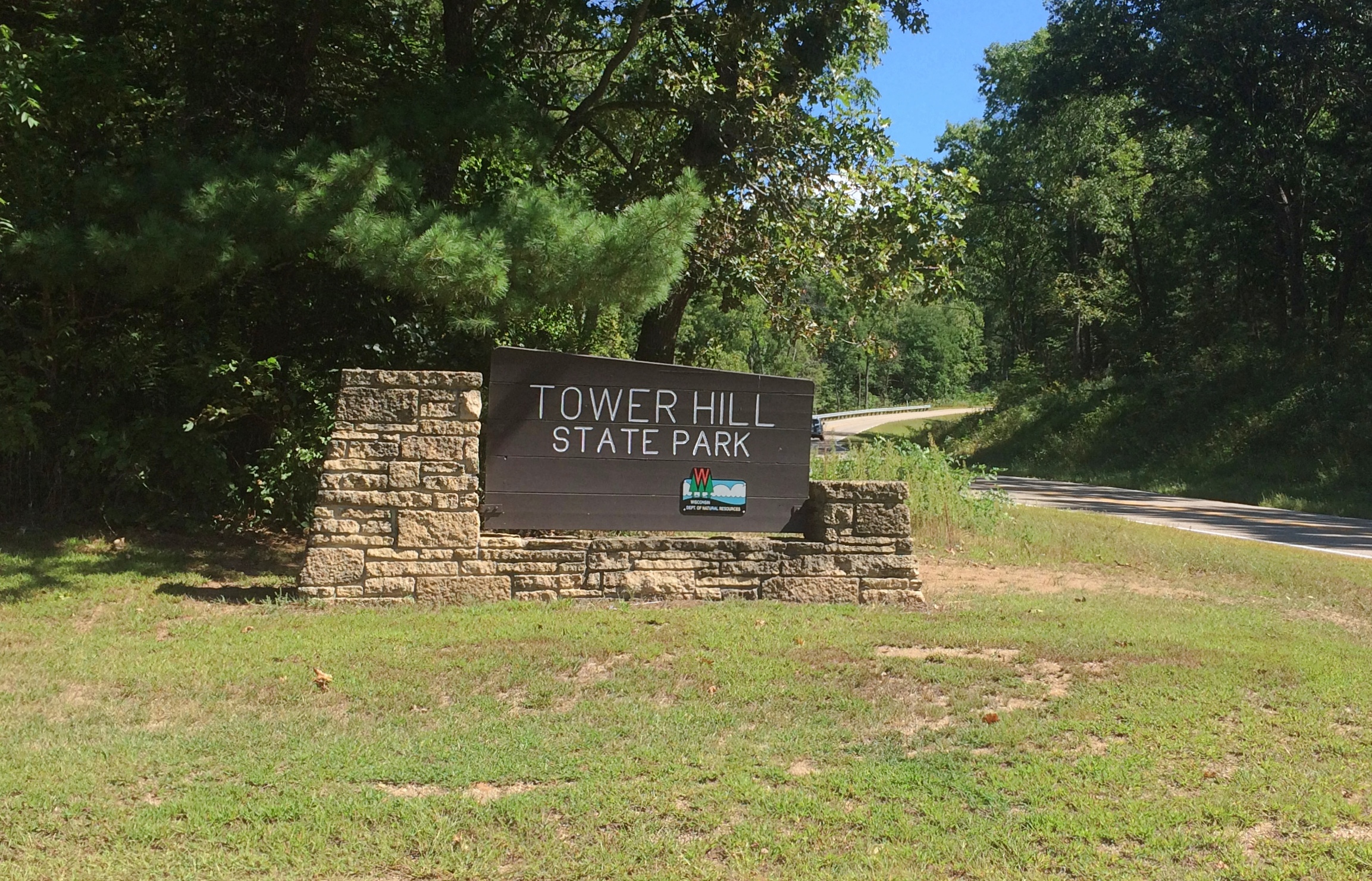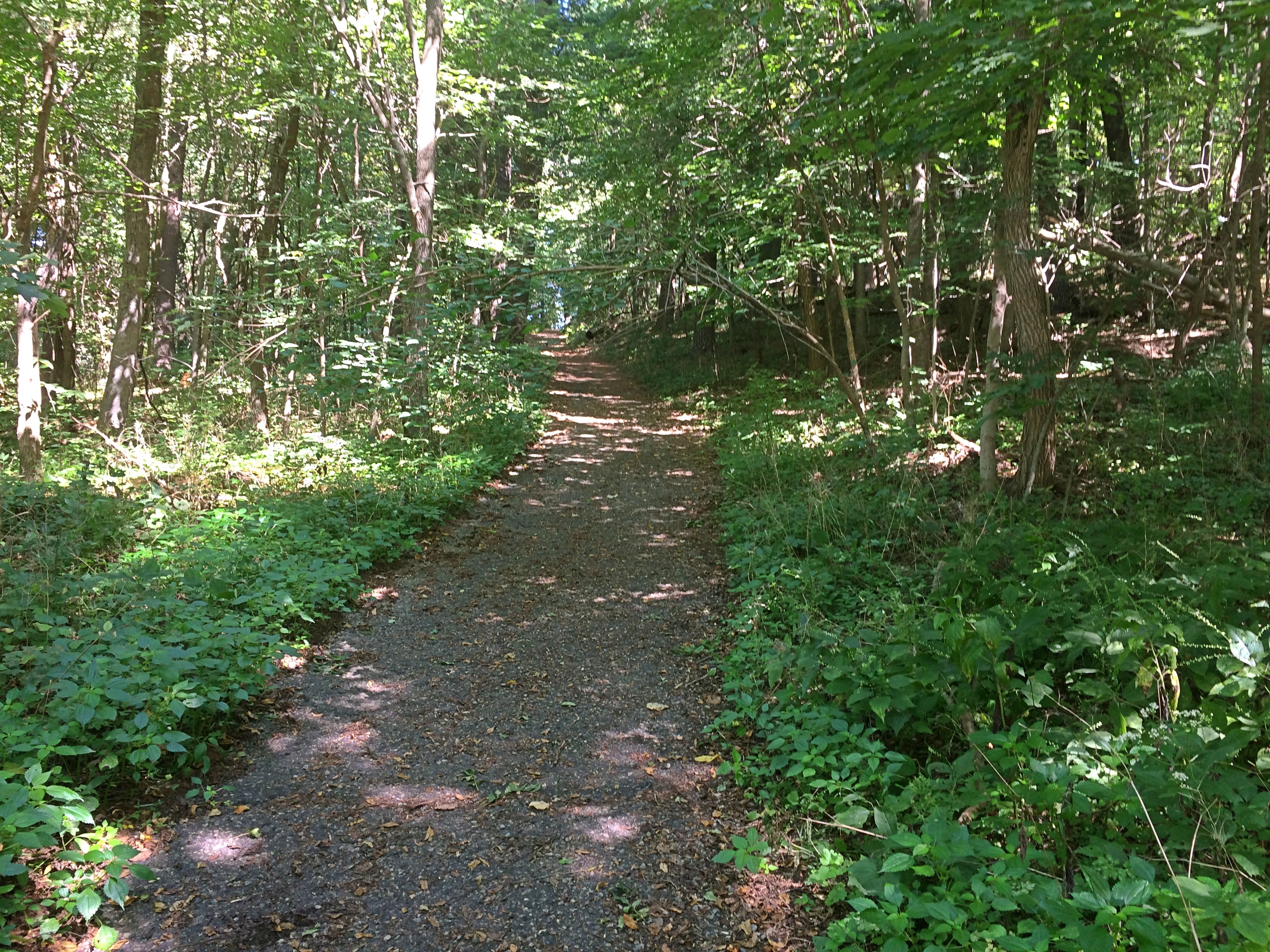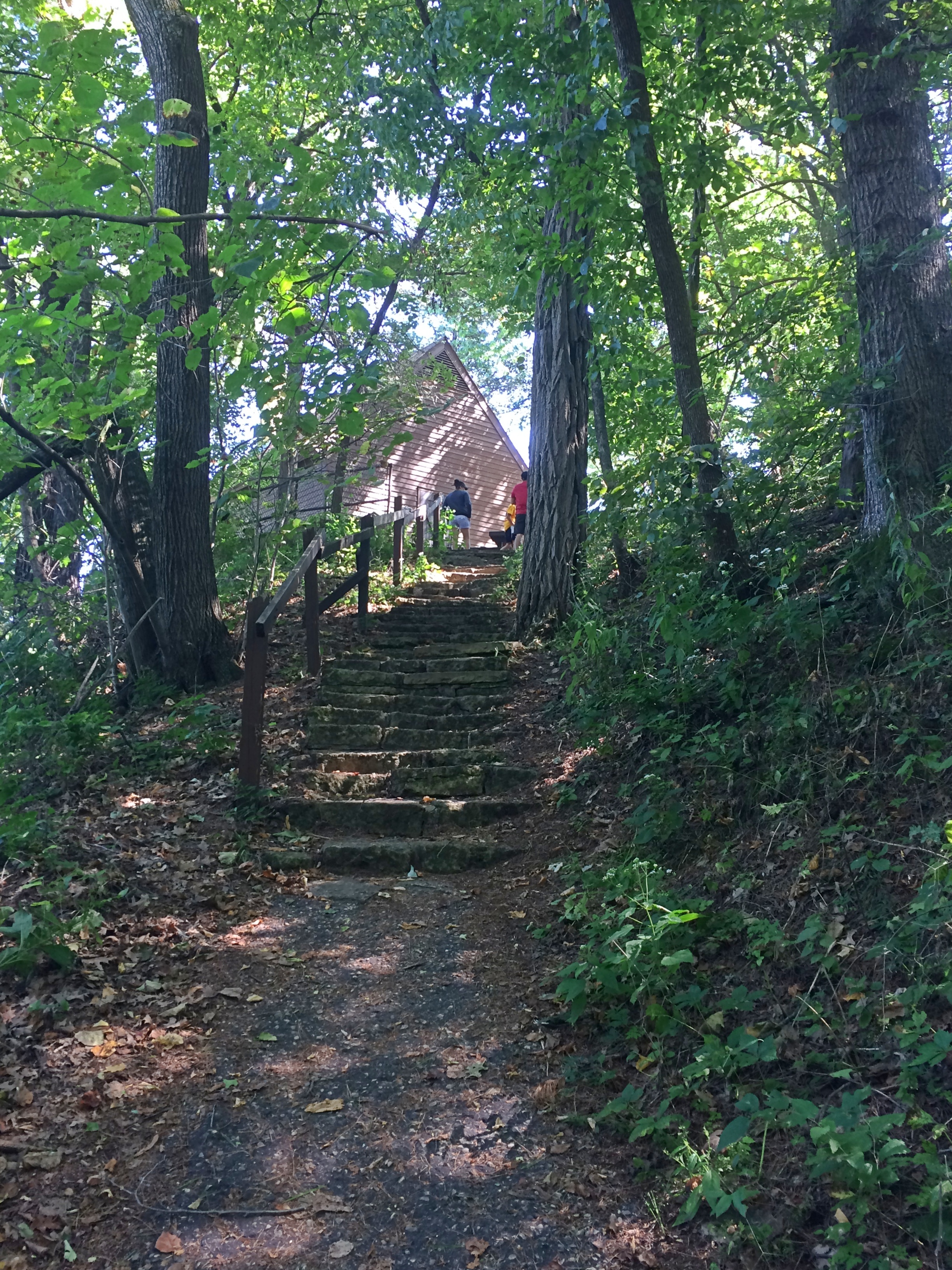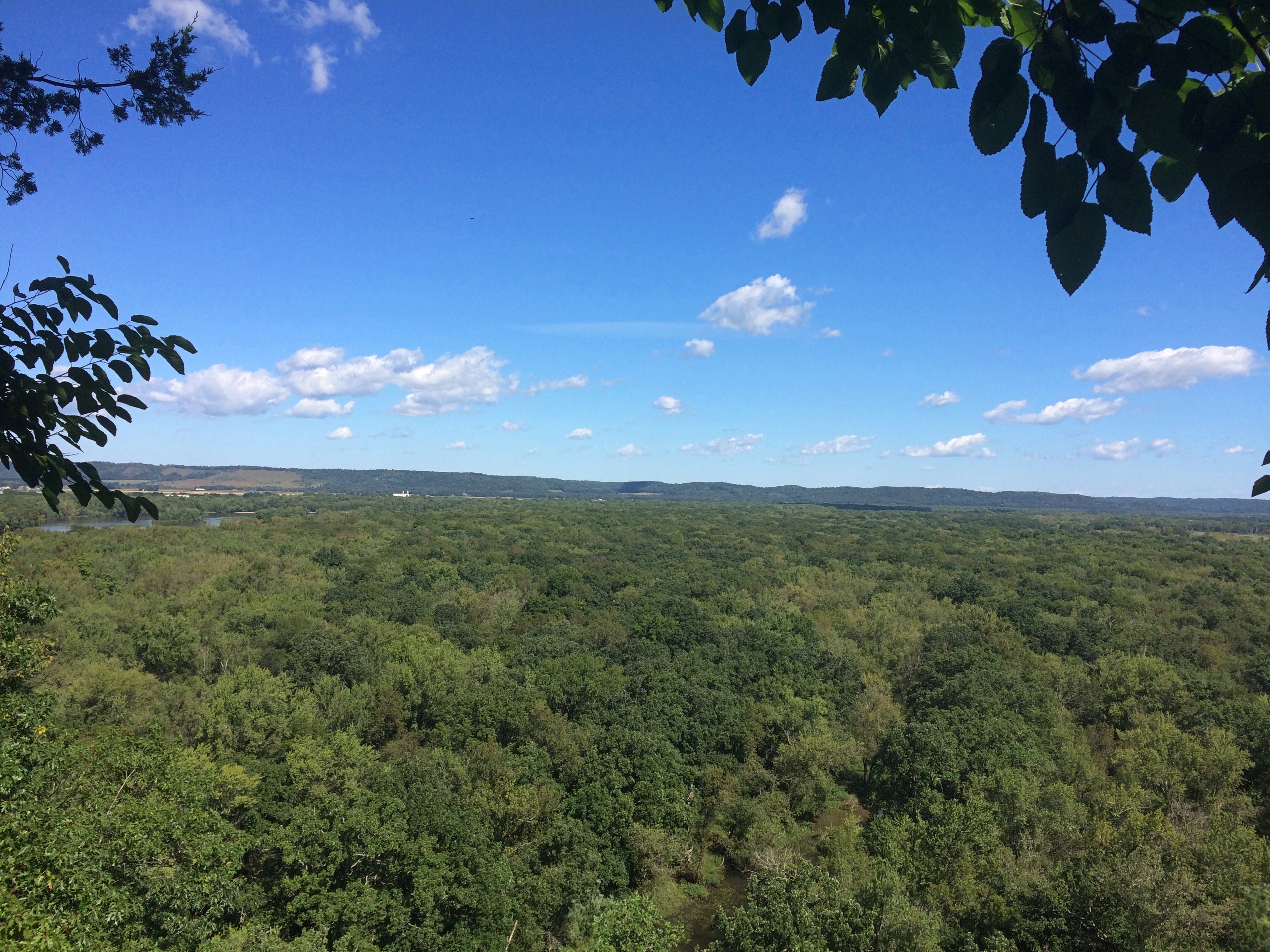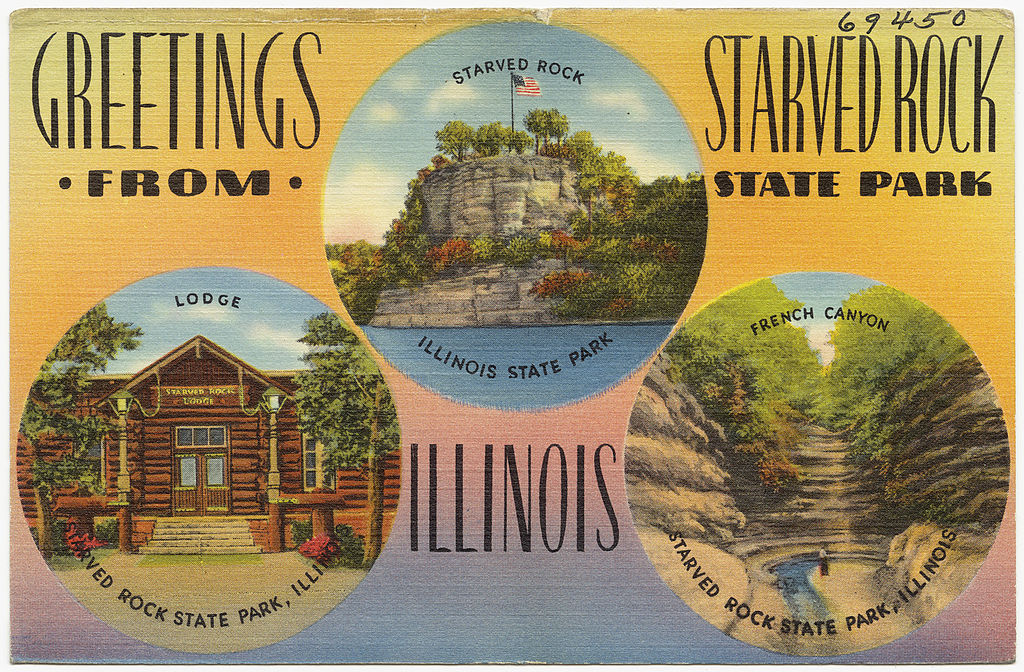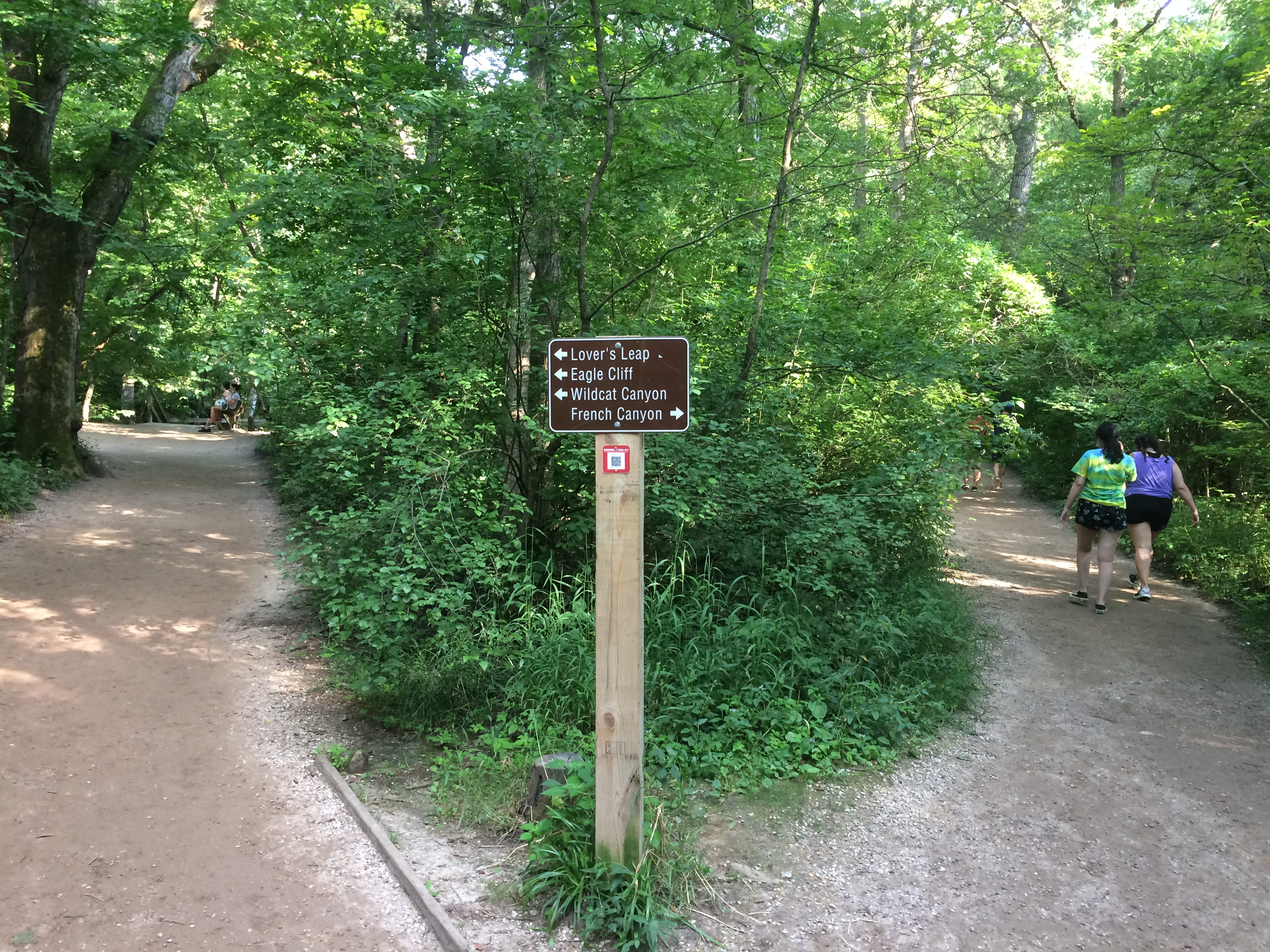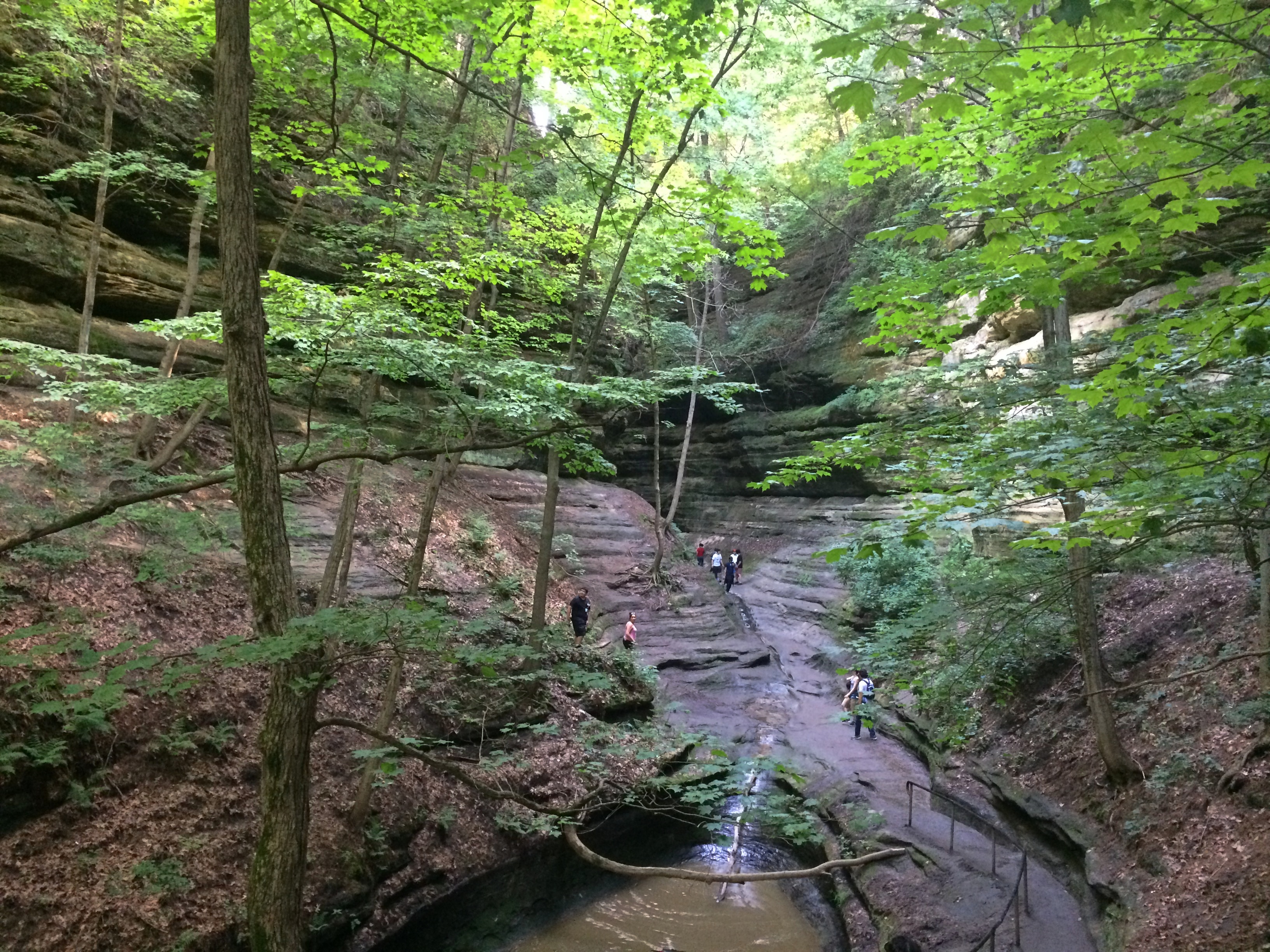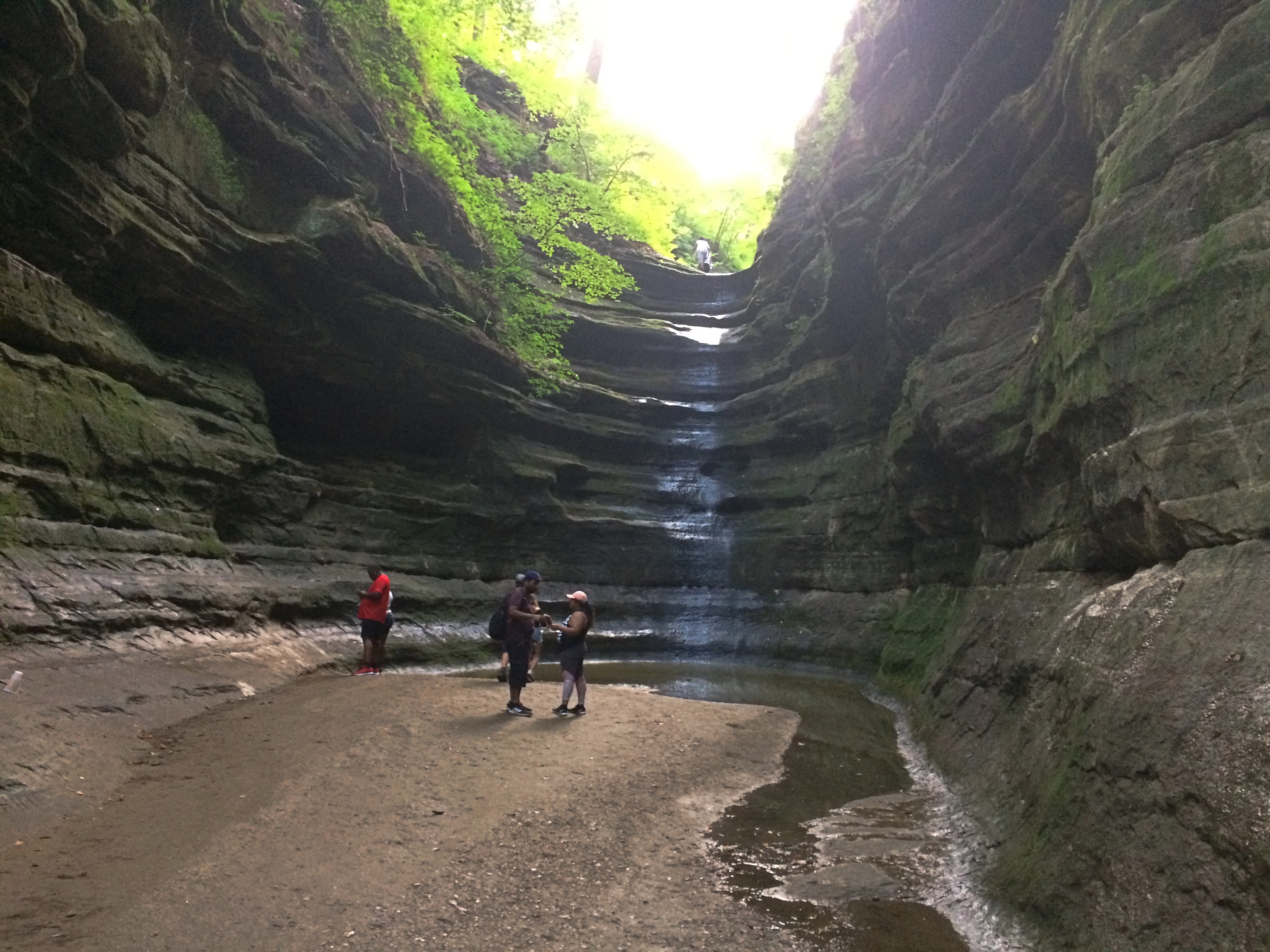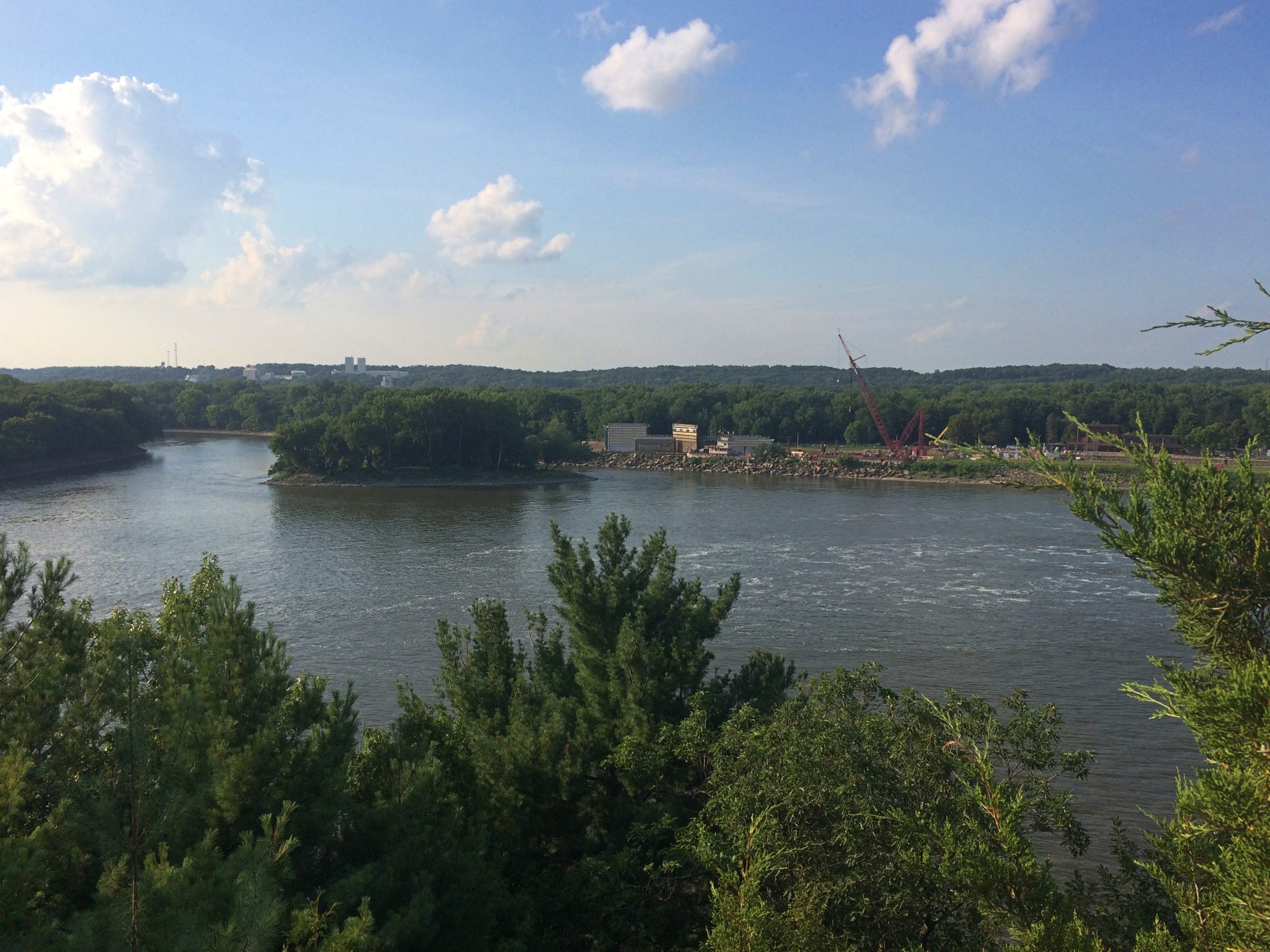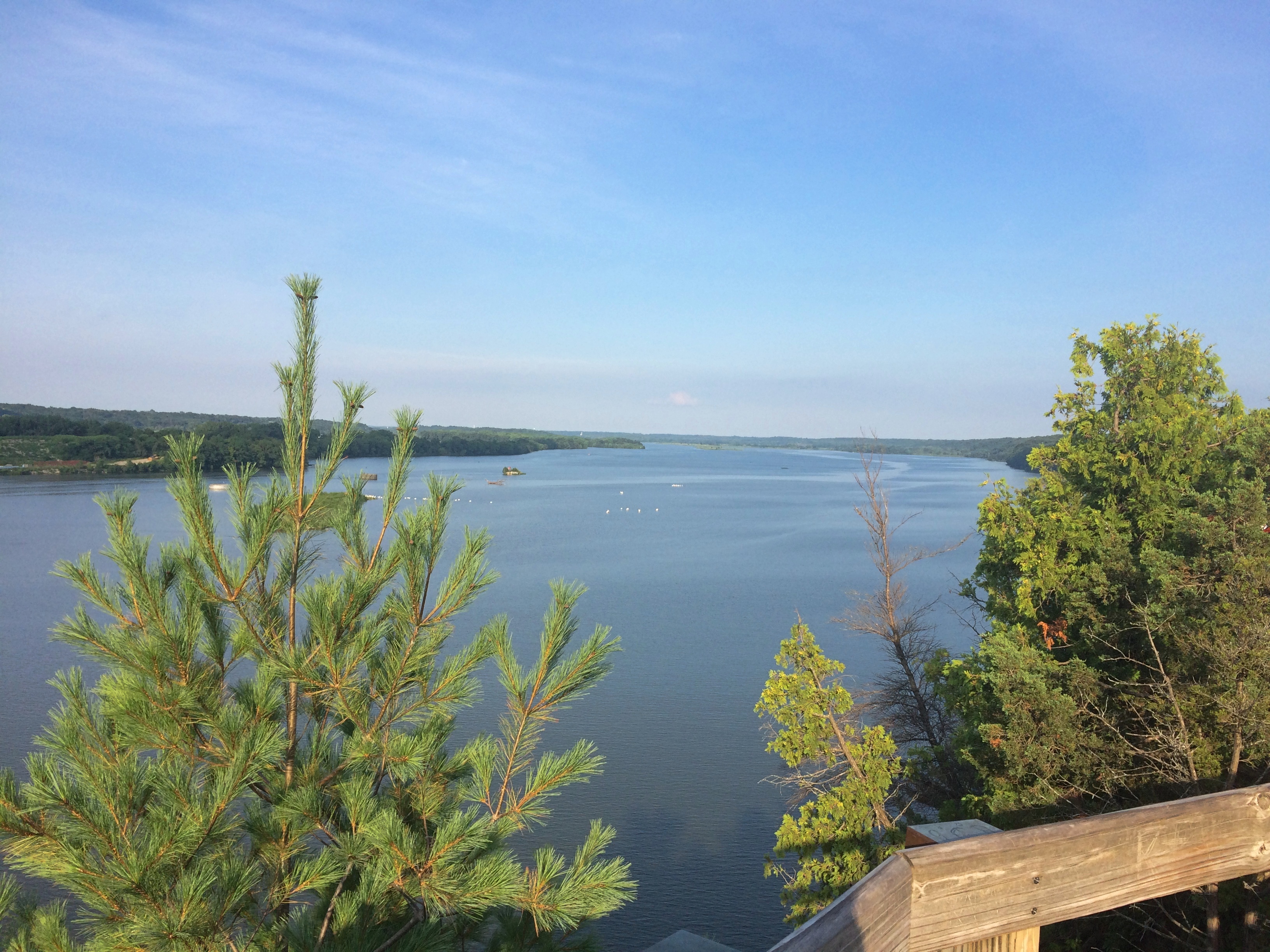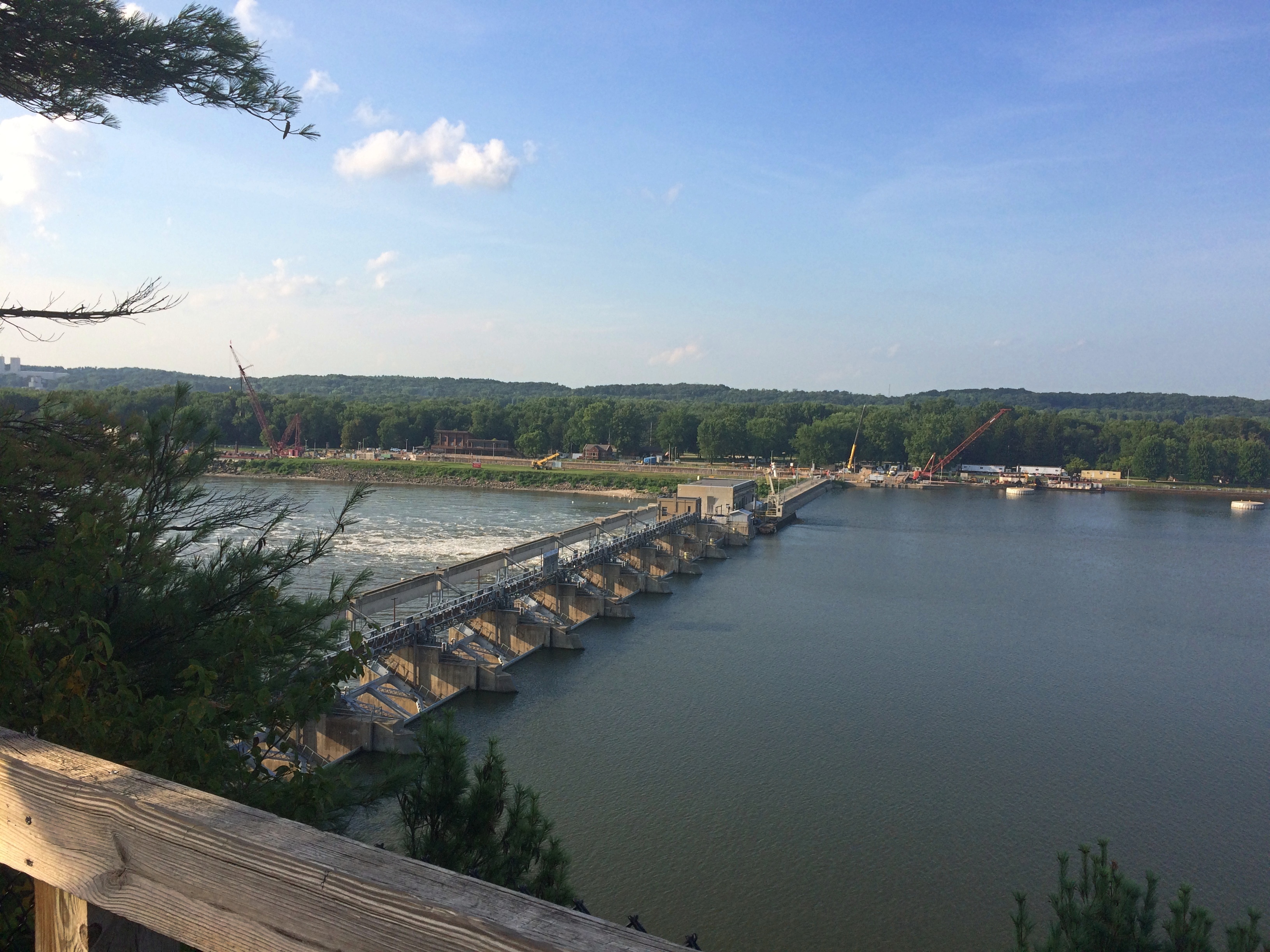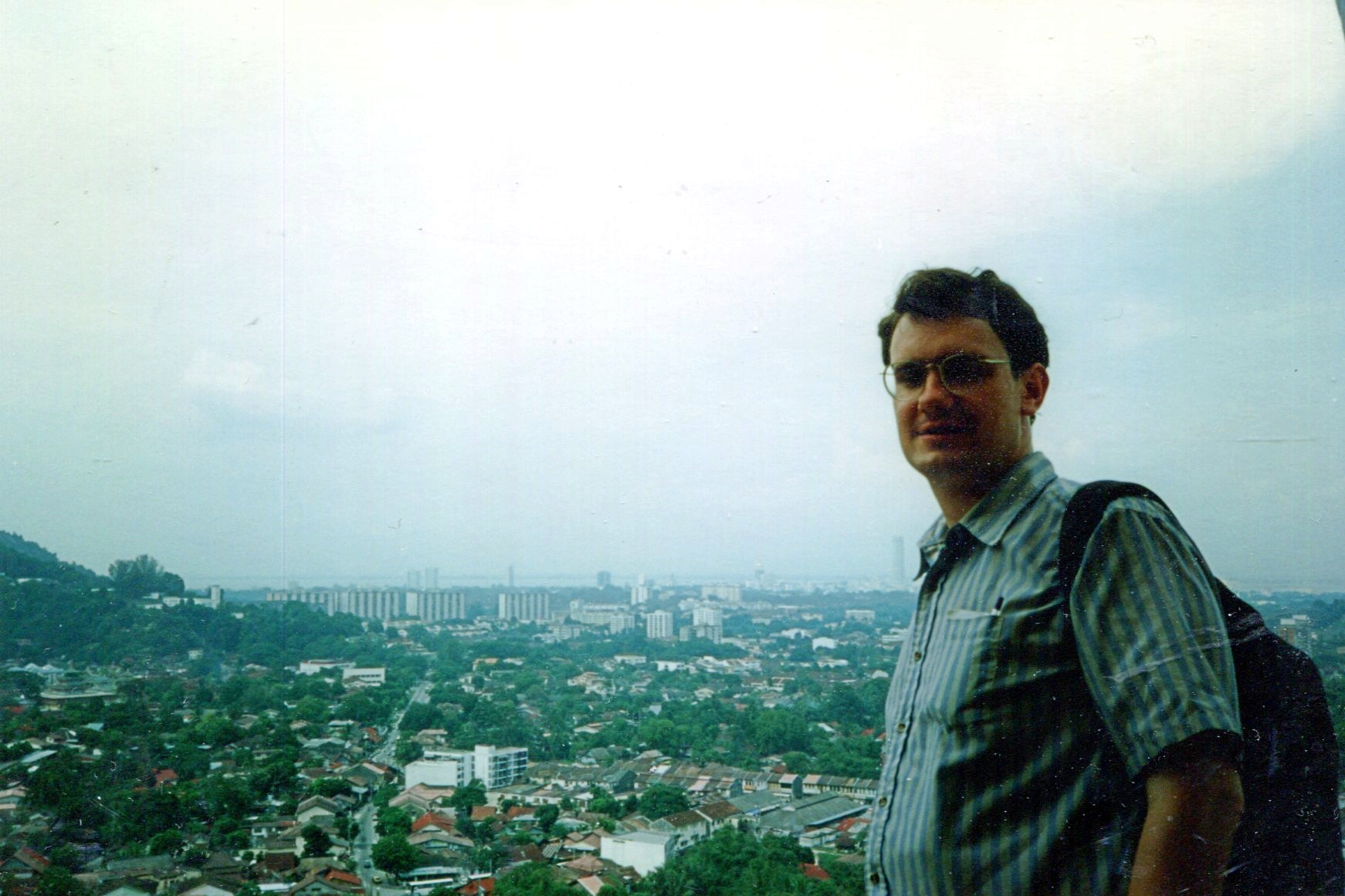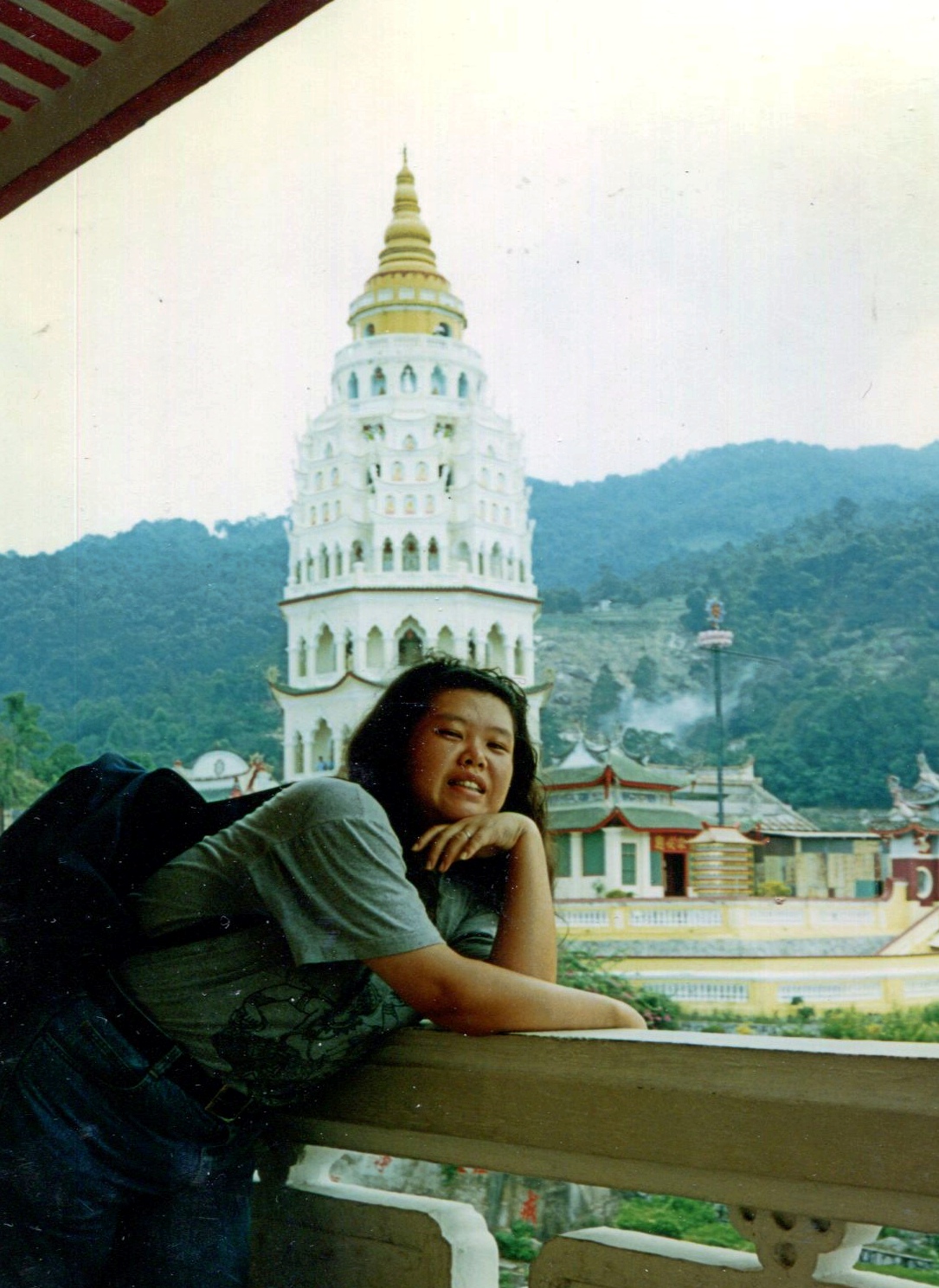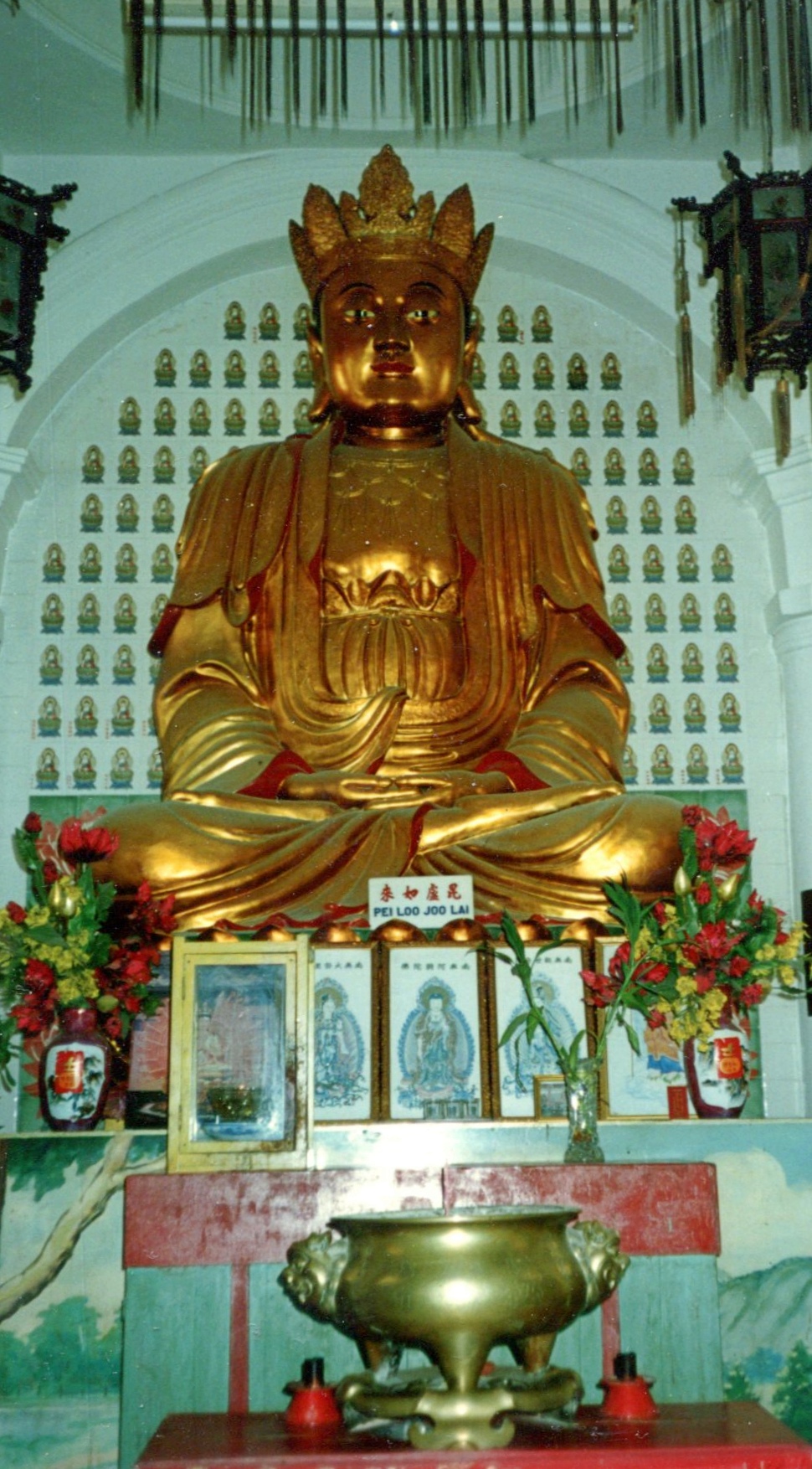Still above freezing most of the time, and no snow or ice. My kind of winter. But rain is slated for the weekend, devolving into snow. Maybe. That might interfere with getting a Christmas tree.
Not long ago I visited a high floor of an office building here in the northwest suburbs, something I don’t do to much these days. The view included the roof of a major retail location. Not very green, that roof. Besides whatever sustainability might be achieved, a roof that includes plants is more interesting to look at. Such as can be seen here and here. I don’t get to visit green roofs that often — ones such as the Chicago City Hall are inaccessible — but I did see one in suburban Toronto during my green press tour in that metro area. Didn’t take any pics.
Not very green, that roof. Besides whatever sustainability might be achieved, a roof that includes plants is more interesting to look at. Such as can be seen here and here. I don’t get to visit green roofs that often — ones such as the Chicago City Hall are inaccessible — but I did see one in suburban Toronto during my green press tour in that metro area. Didn’t take any pics.
Just behind the retailer is the office building’s nigh-empty parking lot.

Parking takes up a lot of space, no doubt about it. This study only focuses on a few cities, however, not the endless suburbs.
I set the background of my laptop to change every minute, and to keep things interesting, and I change the collection of images the computer uses every few days, if I remember to. Yesterday I directed the computer to use the images in the file July 5, 2019, which was our first day in Pittsburgh last year.
This popped up as part of the cycle. I’d forgotten I’d taken it.
 That was in the Andy Warhol Museum.
That was in the Andy Warhol Museum.
Ann and I are still watching Star Trek roughly once a week. I’d say she’s seen about half of the original series. The most recent ones were the “Immunity Syndrome” and “A Private Little War,” both of which hold up reasonably well, though in strict storytelling terms, “Immunity” is better, since the concept is simple and the execution fairly taut. It’s the crew of the Enterprise vs. a whopping big space amoeba.
Best of all, it doesn’t turn out that the whopping big space amoeba is actually a sophisticated intelligence that the heroes eventually learn to communicate with and peacefully coexist with, a la Roddenberry.
That can be an OK track for a story — such as in “Devil in the Dark” — but for sheer space pulp drama, what you want is a mindless menace that needs to be destroyed by the last act. Star Trek did an even better job of that in “The Doomsday Machine,” in which the Enterprise fights a massive bugle corn snack that shoots death rays.
At first I thought “A Private Little War” was the (stupid) episode with the Yangs and the Cohms, in which Capt. Kirk recites the Pledge of Allegiance, among other looniness. No, that’s “The Omega Glory,” which we haven’t gotten to.
“War” is a jerry-built metaphor for the Vietnam War, involving as it does war among alien rustics, a Klingon plot to arm the natives, Kirk’s “balance of power” response, etc. Also, there was a raven-haired femme fatale with a bare midriff that got the attention of the 13-year-old I once was, and a creature that looked like a man in an albino gorilla suit, because that’s what it surely was. Spock bled green from a gunshot wound and Nurse Chappell got to slap him around. Why didn’t we ever see more of Dr. M’Benga? (Seems he was in another episode briefly.) Here’s why: actors cost money, as much as showrunners might wish otherwise.
One more item for today. Not long ago we got takeout at Asian Noodle House, a wonderful storefront that seems to be surviving on the takeout trade. We go there every other month or so. Fortune cookies come with each order, one per entre. Each wrapped in its own little plastic bag.
Today we got three little bags. One of them had two cookies tightly packed within. Is that like getting a double yolk? Does it mean extra good fortune or extra bad chi? Maybe one cookie is ying, the other yang.

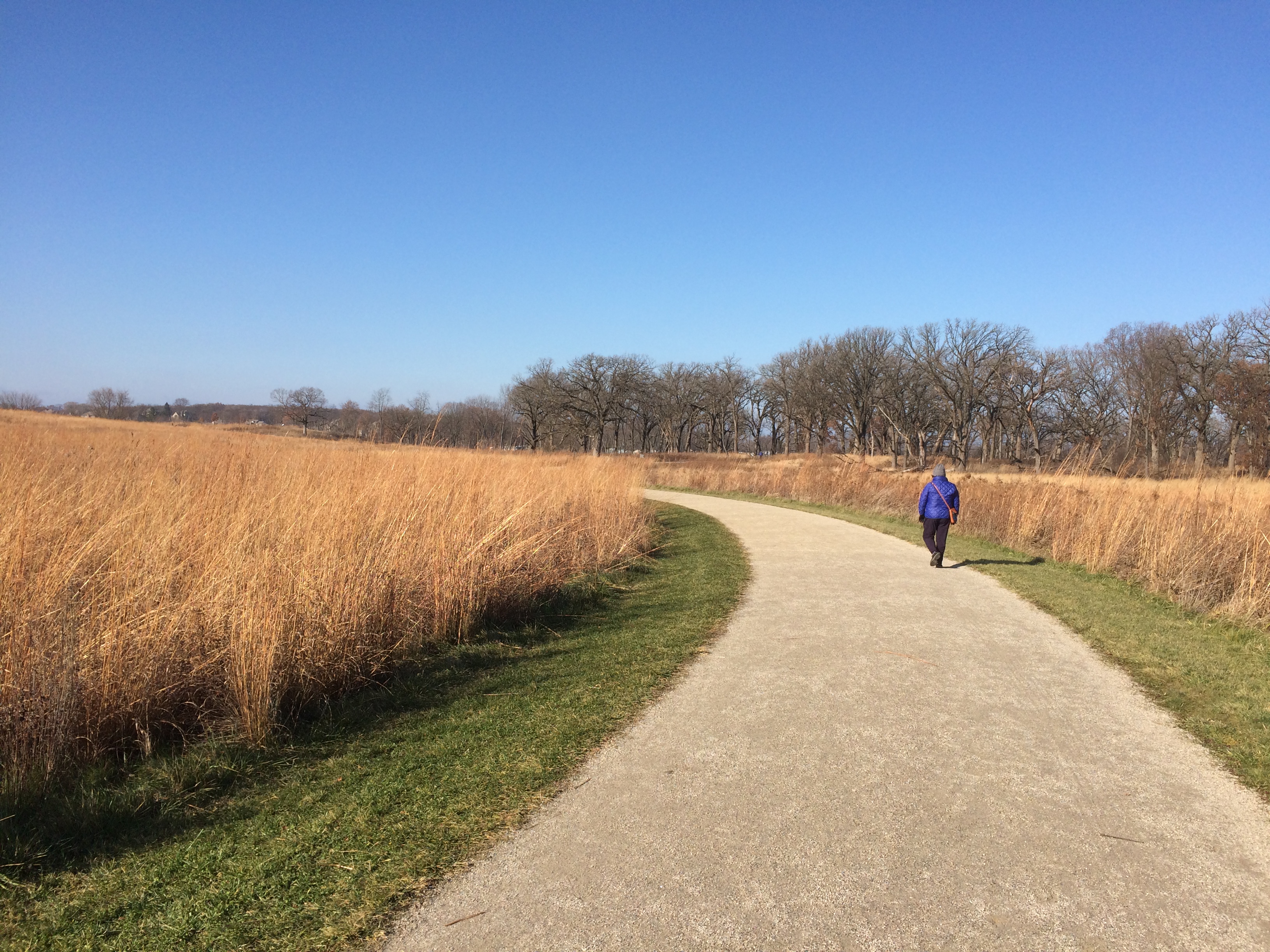


















































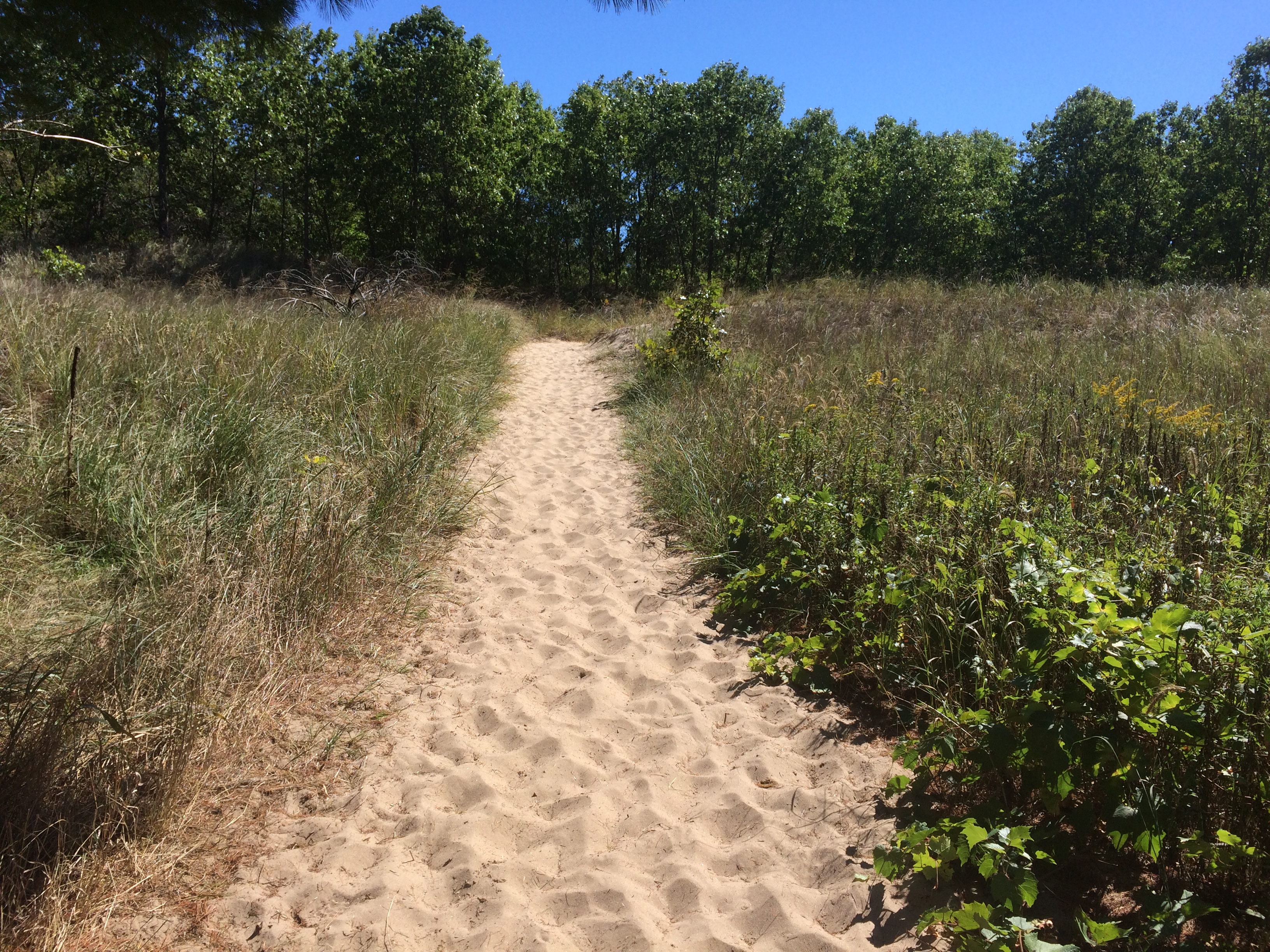

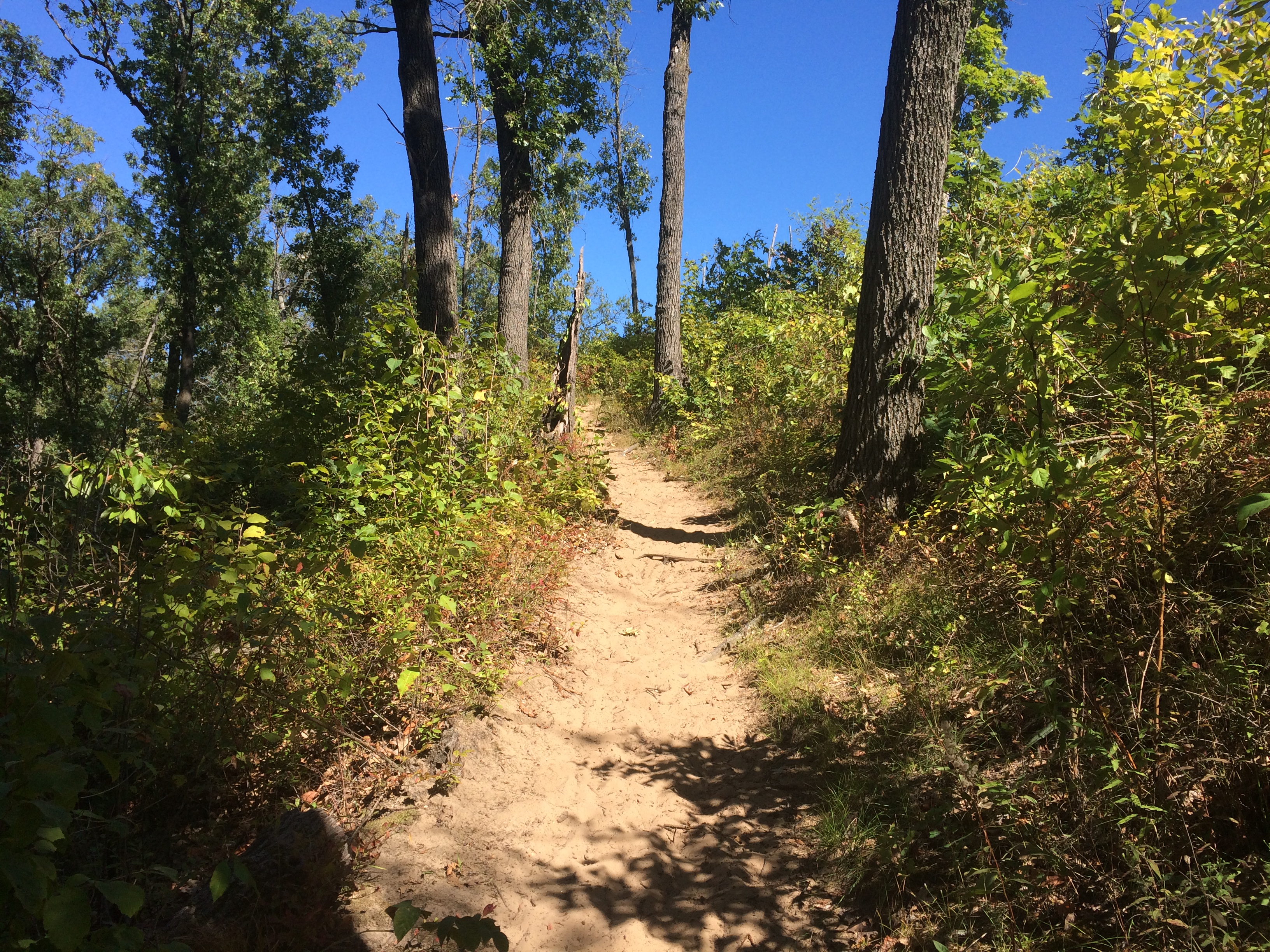
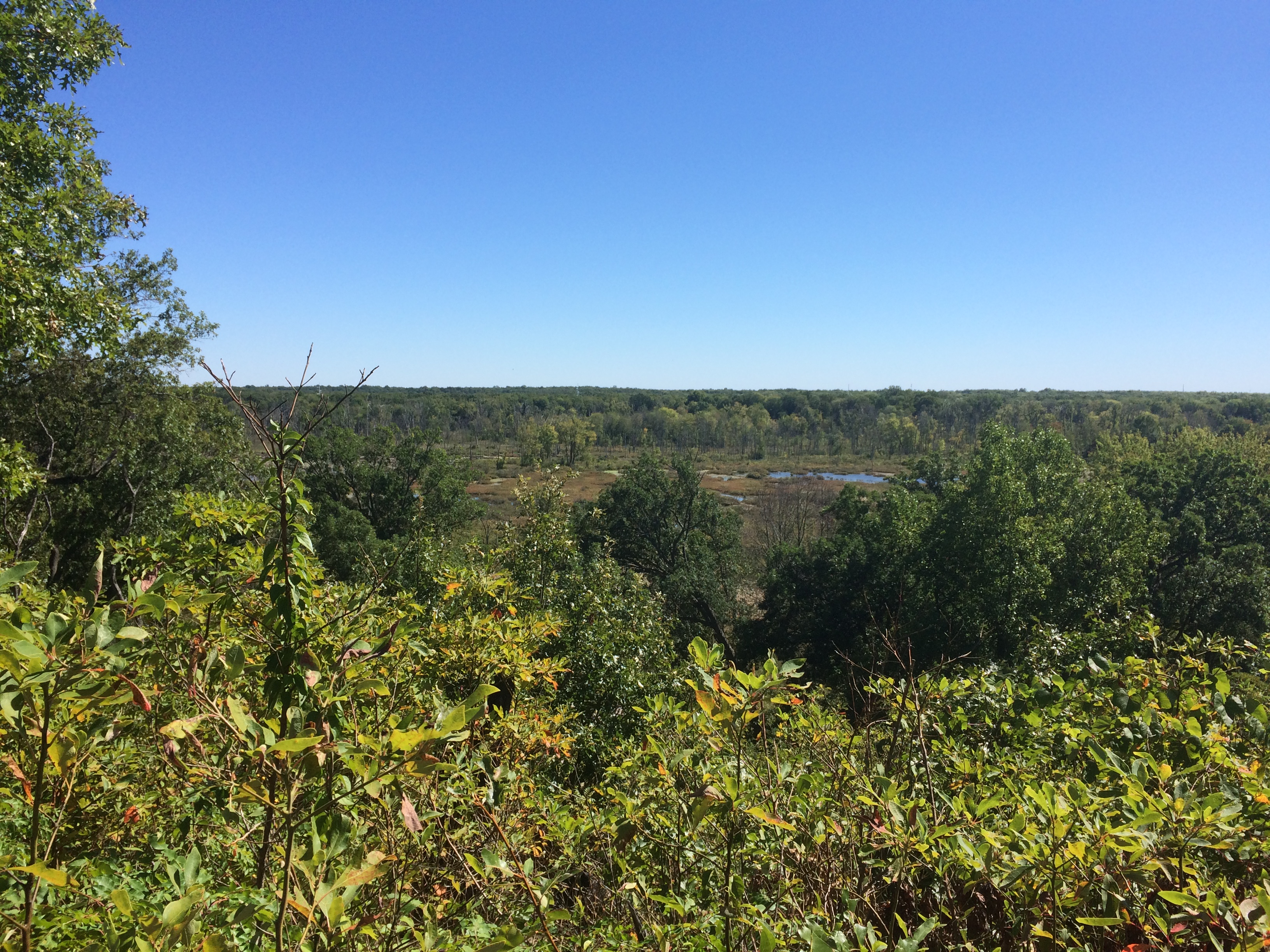
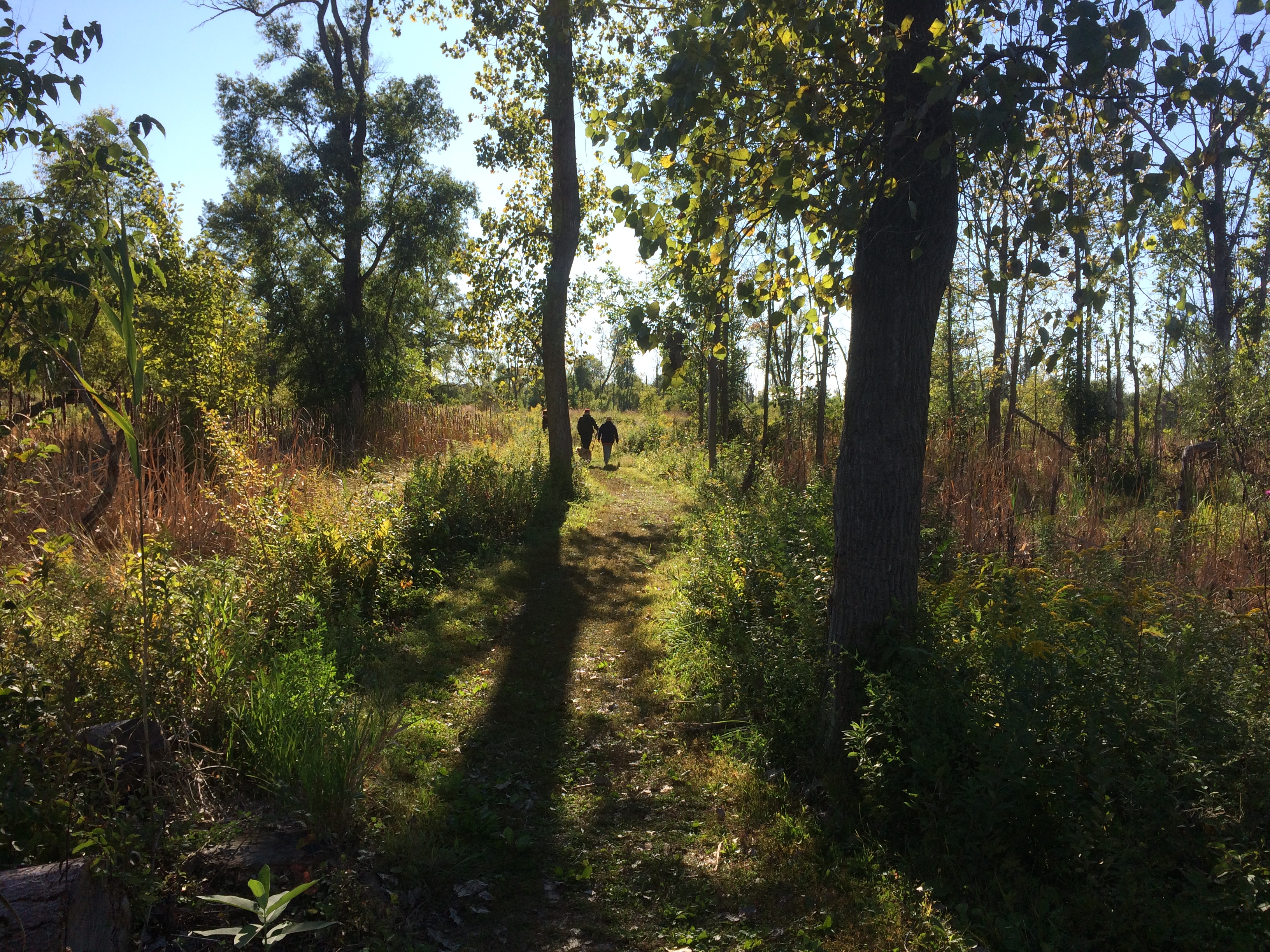




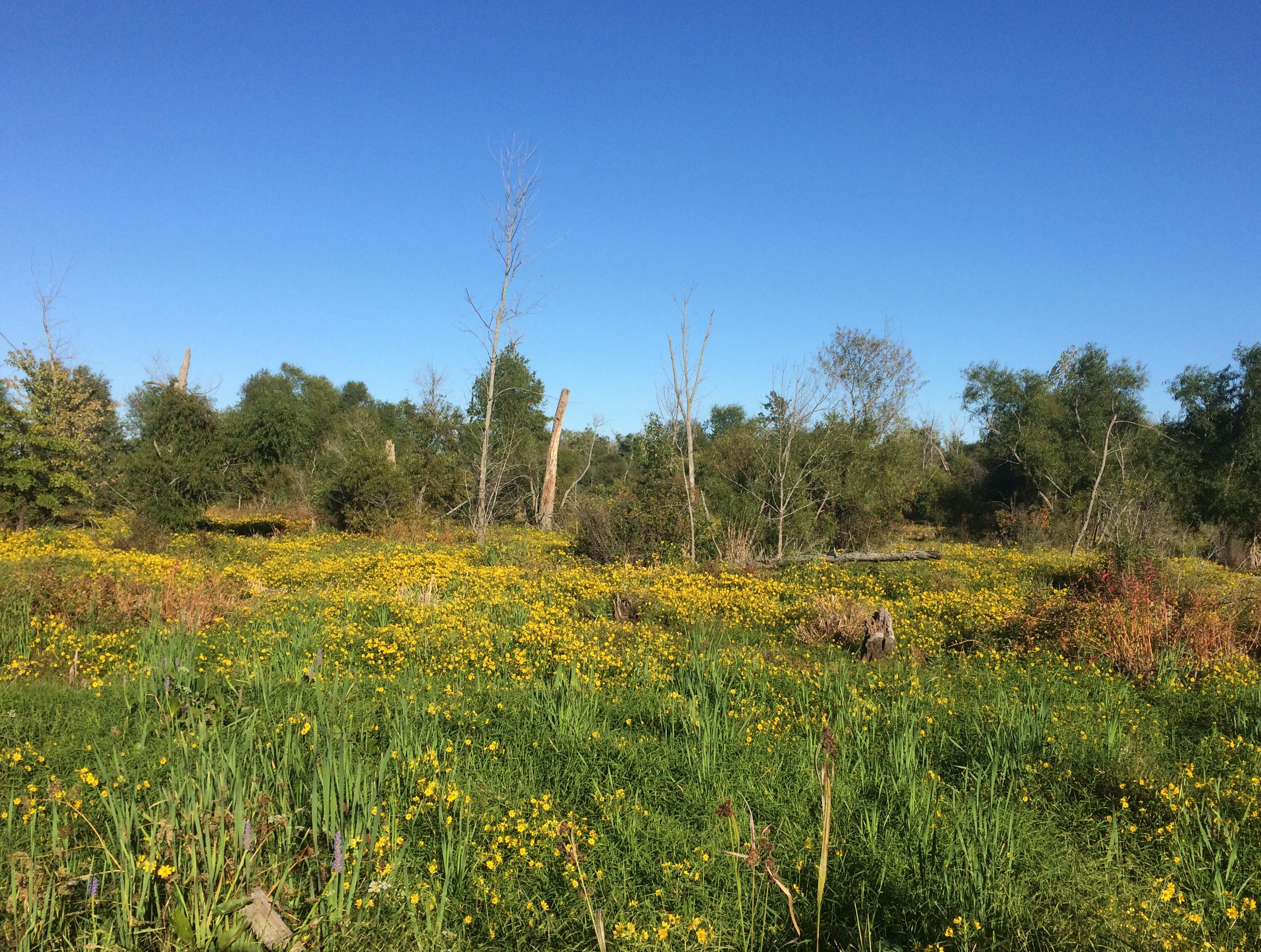 Leisure to stroll among the short-time green?
Leisure to stroll among the short-time green?
